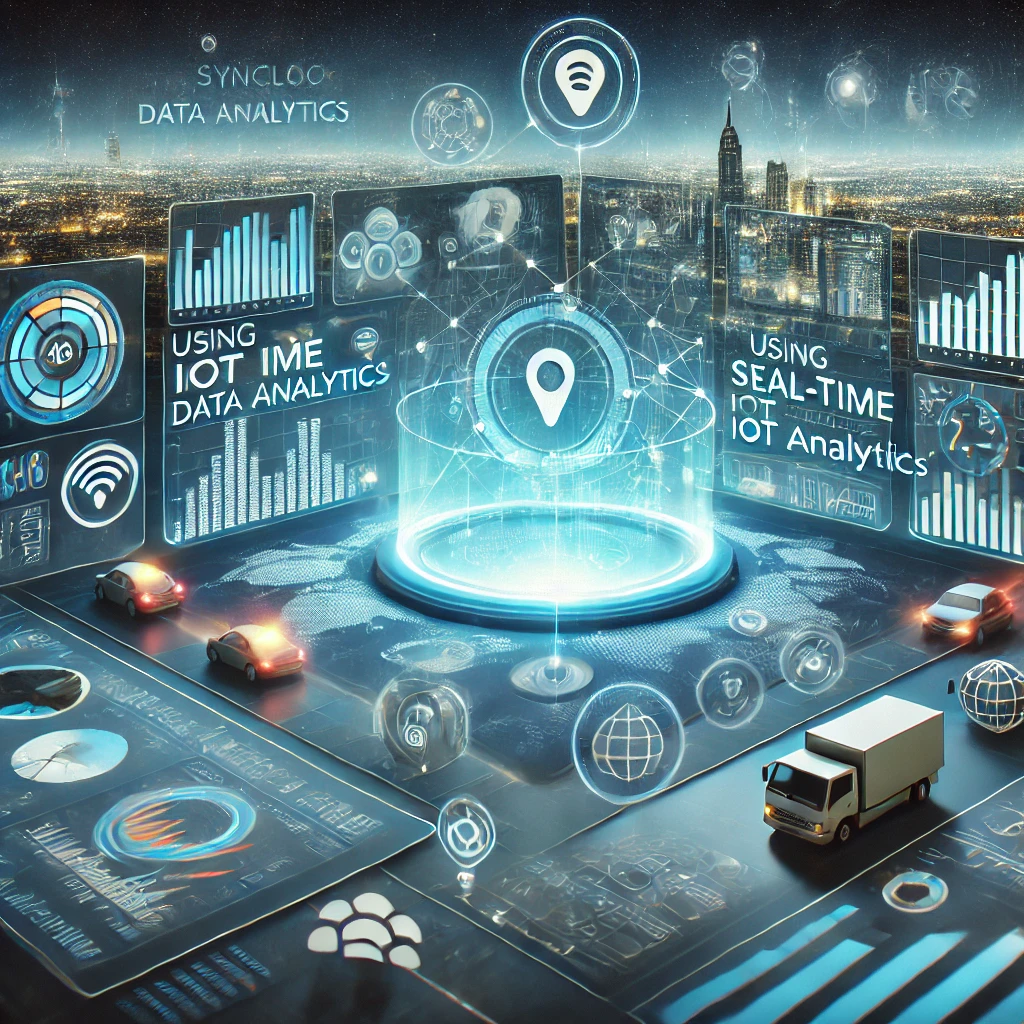Using Syncloop for Real-Time IoT Data Analytics

Importance of Real-Time IoT Data Analytics
Real-time analytics is essential for IoT ecosystems to:
- Enhance Operational Efficiency: Monitor and optimize systems in real-time.
- Enable Predictive Maintenance: Identify potential issues before they occur.
- Improve Decision-Making: Deliver actionable insights instantly.
- Support Scalability: Manage the growing volume of IoT data effectively.
Syncloop simplifies the complexities of IoT data analytics with tools for automation, scalability, and real-time processing.
Key Features of Syncloop for IoT Analytics
1. Dynamic Data Transformation
Use Transformers to normalize and aggregate data from diverse IoT devices.
2. Event-Driven Workflows
Automate analytics processes by triggering workflows based on real-time IoT events.
3. Real-Time Processing
Enable low-latency analytics to process data streams as they arrive.
4. Scalable Infrastructure
Handle the high data velocity and volume generated by IoT devices seamlessly.
5. Monitoring and Dashboards
Track analytics metrics and visualize data insights using Syncloop’s real-time dashboards.
6. Secure Communication
Protect IoT data with encryption and robust authentication mechanisms.
Steps to Build IoT Data Analytics with Syncloop
Step 1: Define Data Sources
- Identify IoT devices and systems generating data.
- Configure Syncloop to collect data from these sources via APIs, MQTT, or other protocols.
Step 2: Process and Transform Data
- Use Syncloop’s Transformers to:
- Standardize data formats from various devices.
- Aggregate data for metrics like average temperature, energy usage, or speed.
- Enrich raw data with metadata for contextual insights.
- Set up workflows to handle specific data transformation scenarios dynamically.
Step 3: Automate Event-Driven Workflows
- Configure workflows to trigger based on events like:
- Device threshold breaches (e.g., high temperature, low battery).
- Anomalous patterns detected in the data stream.
- Use conditional logic to route data to appropriate analytics pipelines.
Step 4: Perform Real-Time Analytics
- Integrate Syncloop with analytics engines or machine learning models to:
- Detect anomalies or trends.
- Generate predictive insights, such as equipment failure probabilities.
- Visualize analytics results in real-time dashboards for actionable insights.
Step 5: Monitor and Optimize
- Use Syncloop’s monitoring tools to track:
- Data processing latency.
- Workflow performance and bottlenecks.
- Error rates in data streams.
- Optimize workflows and scaling configurations based on monitoring insights.
Step 6: Secure IoT Data
- Implement token-based authentication to secure API access.
- Encrypt data streams to protect sensitive information during transmission.
- Use role-based access controls to restrict analytics workflows to authorized personnel.
Real-World Applications
1. Smart Cities
- Use Case: Monitor and analyze traffic patterns, energy consumption, and environmental sensors.
- Features Used: Real-time processing, data transformation, secure communication.
2. Industrial IoT (IIoT)
- Use Case: Track machinery performance to predict maintenance needs and prevent downtime.
- Features Used: Event-driven workflows, monitoring tools, predictive analytics integration.
3. Healthcare IoT
- Use Case: Process data from wearable devices to monitor patient health in real-time.
- Features Used: Transformers, real-time processing, secure APIs.
4. Retail and Supply Chain
- Use Case: Analyze IoT data from inventory systems to optimize stock levels and logistics.
- Features Used: Scalable infrastructure, real-time dashboards, workflow automation.
Best Practices for IoT Analytics with Syncloop
- Standardize Data Formats: Use Transformers to ensure consistent data structures across devices.
- Leverage Real-Time Insights: Monitor and act on data as it arrives to maximize impact.
- Optimize for Scalability: Configure dynamic scaling to handle data growth seamlessly.
- Secure Data End-to-End: Encrypt data streams and enforce strong authentication mechanisms.
- Monitor Continuously: Use real-time dashboards to track performance and improve analytics workflows.
Why Choose Syncloop for IoT Analytics?
Syncloop provides a comprehensive platform for managing IoT data analytics, combining real-time processing, dynamic workflows, and robust security. Its intuitive interface and powerful tools make it an ideal choice for building scalable and reliable IoT analytics solutions.
Conclusion
Real-time IoT data analytics is essential for deriving actionable insights and optimizing operations. Syncloop simplifies the complexities of IoT data processing with tools for automation, scalability, and monitoring. By leveraging Syncloop, organizations can unlock the full potential of IoT ecosystems and drive innovation across industries.
Back to Blogs